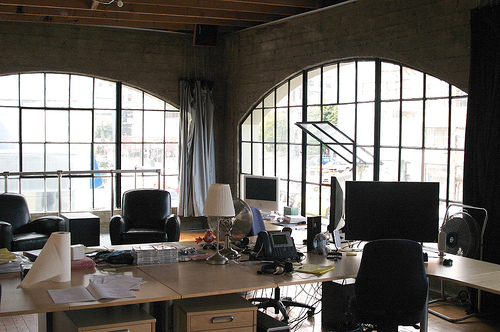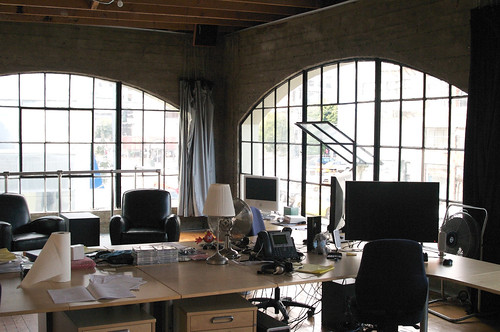Designing Your Office to Reflect Well on Your Business and Brand

For a corporate executive, a key element in driving long-term productivity is matching the right skill set, workspace and operational goals. If you own a business, you should pay attention to the way your occupational settings are designed, because a perfect office blueprint not only reflects well on your company, it also affects your brand and employee morale. Things that matter when designing your office space include culture, local settings and corporate vision—along with the mishmash of elements revolving around budgeting and financial analysis.
Culture
Pay attention to cultural subtleties when planning and designing your occupational environment. For example, if you run a Sydney-based business, seek feedback from your workforce and take into account employees’ cultural backgrounds. The goal here is not to please everyone, but to take sensible steps to avoid the type of inconvenience that typically causes employee frustration or projects an air of cultural insensitiveness. Robert P., an architect and removals expert based in Sydney, says that your obligation, as a business manager, is to provide context, to exercise responsible judgment about the work space layout and to make sense of every cultural affinity displayed in your staff.
Local Settings
News of an office opening, especially if it pertains to a large company, often touch off a vivid outpouring of emotion and local media coverage as people try to gauge the importance of the company in the local community. For example, Google received considerable media attention when it unveils its new Tokyo office. Robert P., our expert removalist, recommends you use locally produced materials when designing your office space. That way, you save on cost, efficiency, logistics and time. And once design work is complete, removalists can quickly move in and help you settle in your new locales.
Corporate Vision
Corporate vision and branding go hand in hand, you know that already. But what you may not suspect is that corporate vision plays an integral role in the way you design your office space. For example, if you want to encourage employee friendship and socializing, you can opt for an open-plan workspace. On the contrary, if discretion and a sense of hierarchy remain your key operational focus, go ahead and choose cubicles and soundproof offices. The most important thing is to find the right balance between cost, aesthetic aspiration, accessibility and operational needs.
To Wrap It Up
Your office—or precisely, the reception area—is the first thing visitors and business partners often see when mulling partnership ideas with your company. So don’t take the office design exercise lightly because an ill-decorated office could make business partners think twice about your operational prospects. To design an office in sync with your business model, pay attention to things like culture, local settings and corporate vision.
By George B (follow me on Google)

